At 450m-long, the viaduct will be the first major railway bridge in the UK to be built with a ‘double composite’ structure, using significantly less carbon-intensive concrete and steel in comparison to a more traditional design.
The ‘double composite’ approach was inspired by structures on the latest French high-speed TGV lines.
It was developed by the Eiffage, Kier, Ferrovial Construction and BAM Nuttall (EKFB)consortium, working with design JV partner Arcadis, Setec and COWI (ASC), and specialist architects Moxon.
Over the summer, an expert team of ground engineers will construct 63 concrete piles to form the foundations for the structure.
Later piers – some of which will be up to 14m high – will be cast as shells before being assembled on site and filled with concrete. This will reduce the amount of work on site and cut disruption for residents.
Instead of using solid pre-stressed concrete beams to form the bridge spans, the viaduct will use two steel girders sandwiched between two layers of reinforced concrete to create a super strong but lightweight hollow span.
This approach is set to save an estimated 7,433 tons of carbon – the equivalent of 20,500 return flights from London to Edinburgh – and help HS2 achieve its goal of halving the amount of embedded carbon in construction.
Peter Oosterveer, CEO of Arcadis, said: “Transport accounts for nearly a third of global carbon emissions, and it is crucial that our industry continues to pioneer new ideas and approaches that support carbon reduction.
“Being able to draw on best practice examples from all around the world is critical when it comes to ensuring the long-term social, environmental and economic sustainability of all the projects in which we are involved.”
HS2 Project Client Rohan Perin, said: “We’re also serious about reducing the amount of carbon we use during construction, and Wendover Dean is a great example of how we’re using the latest engineering techniques to do just that.”





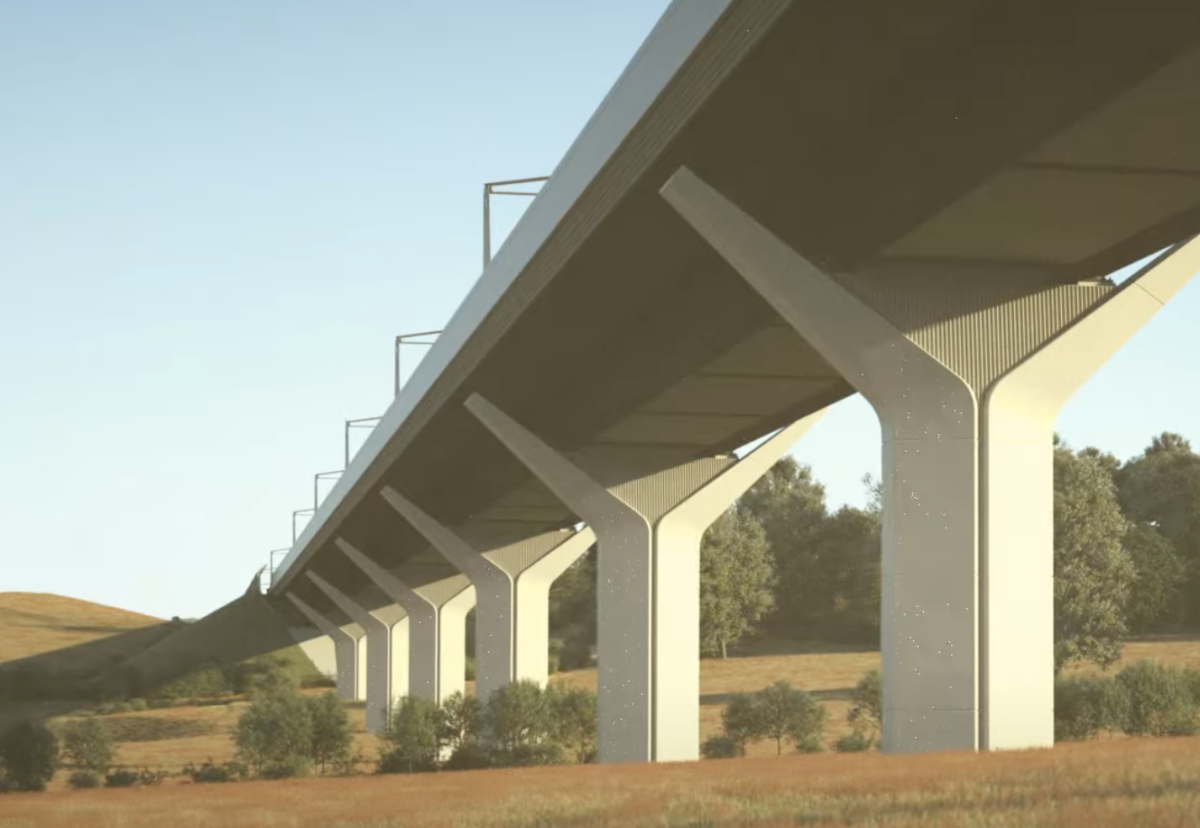

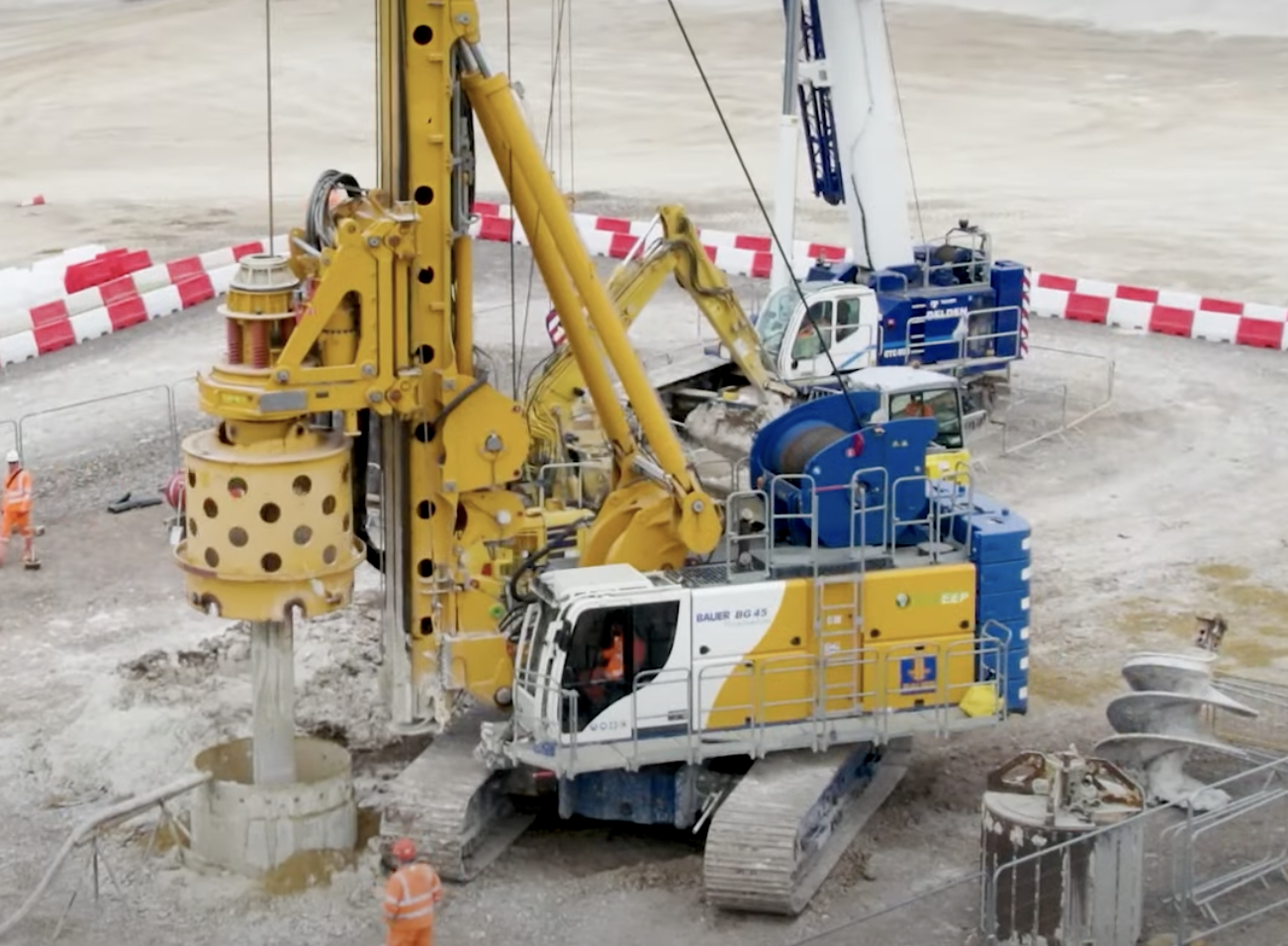
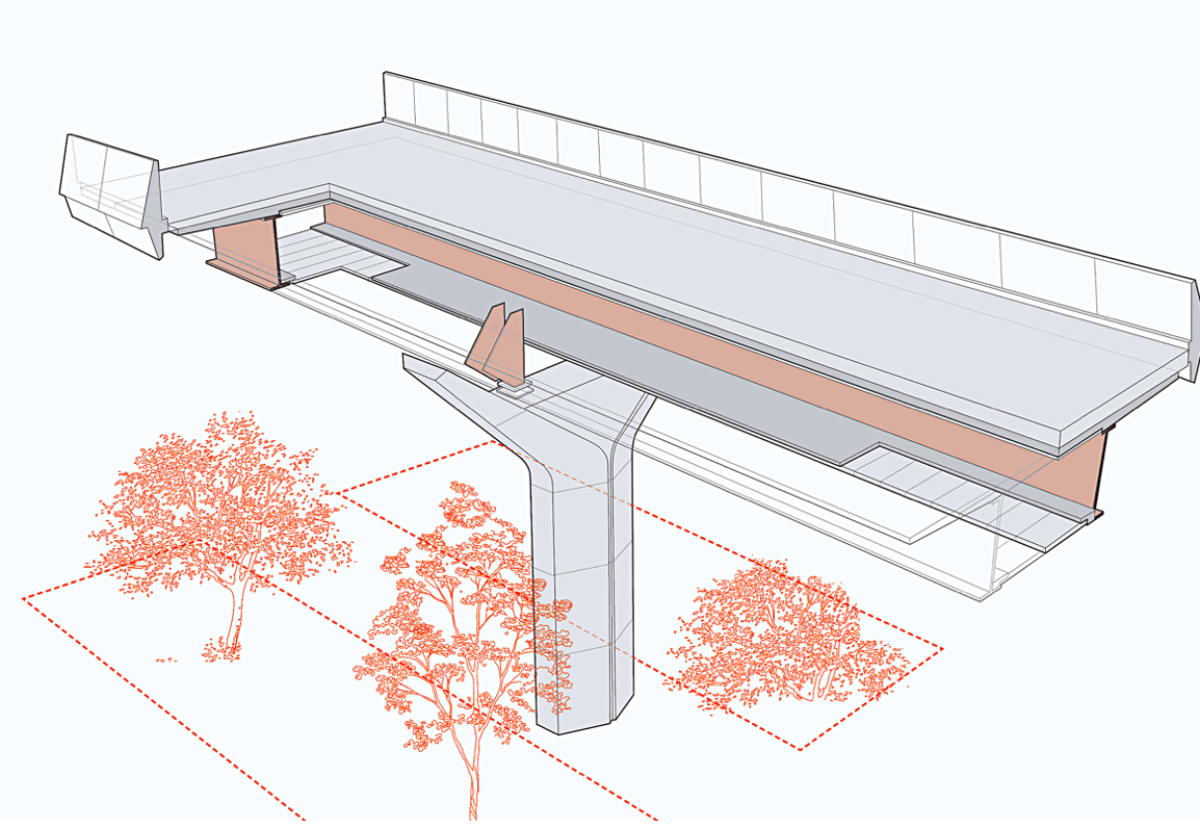

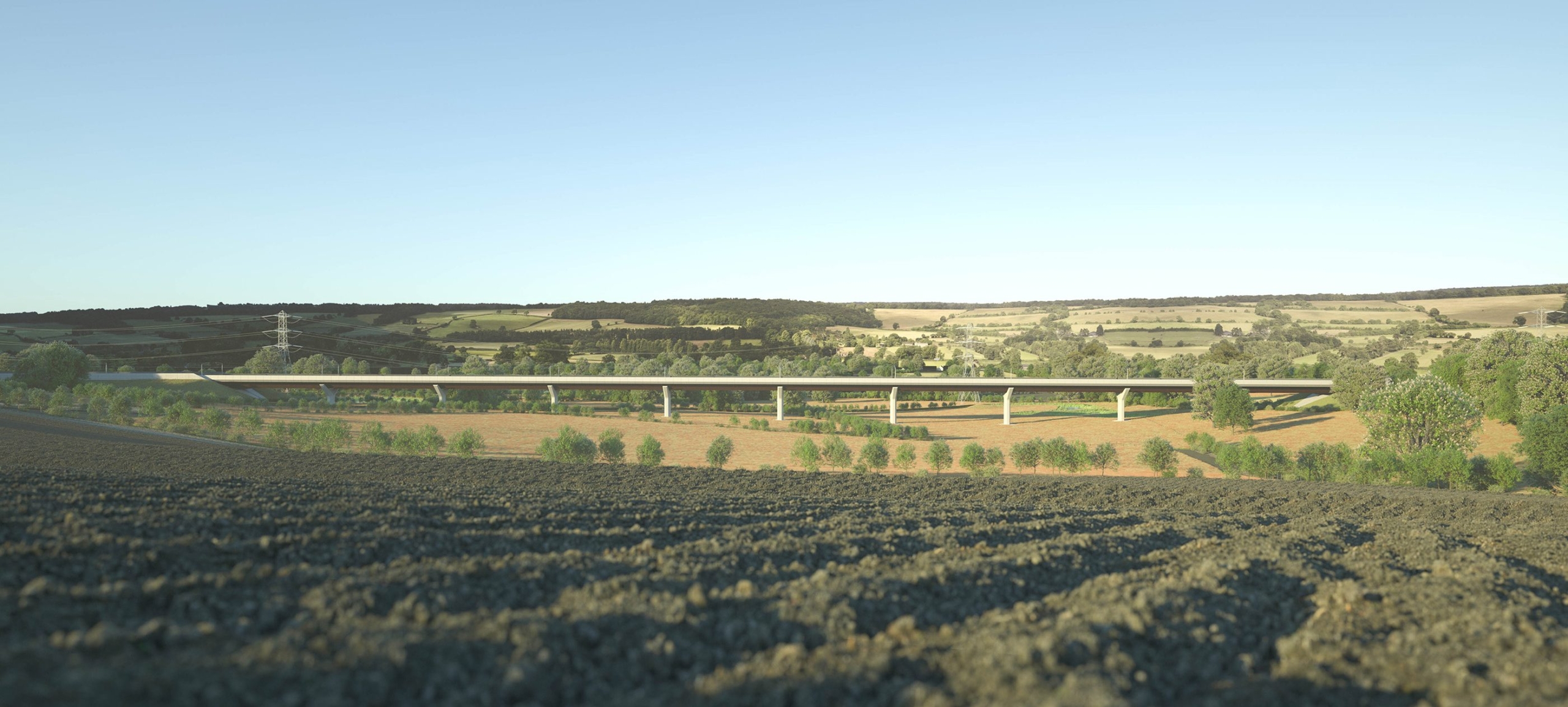

.gif)
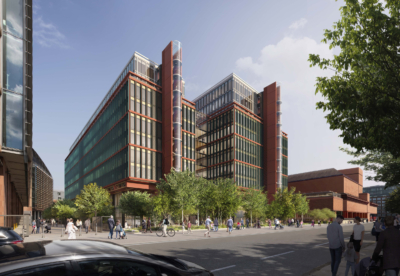
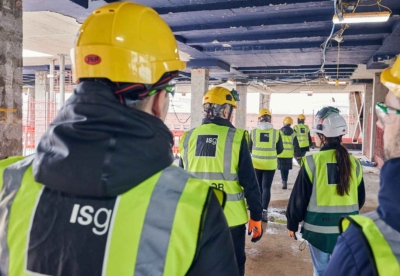

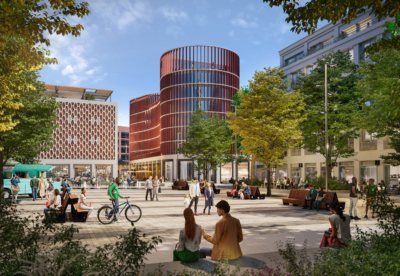
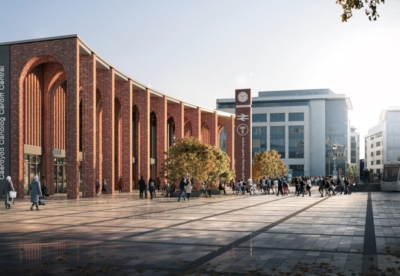
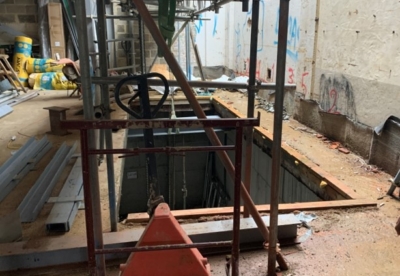
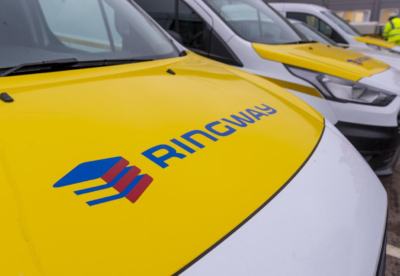

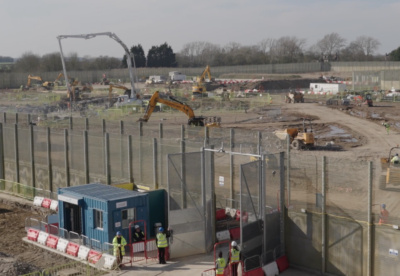



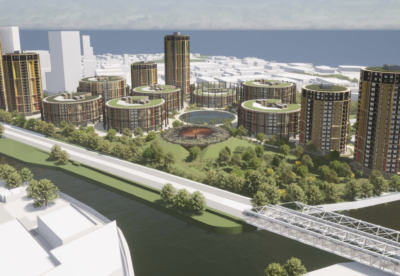

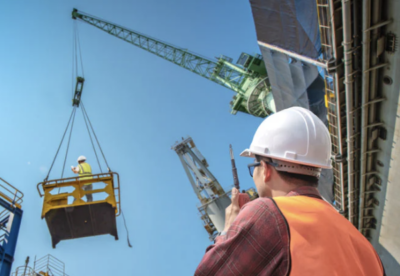
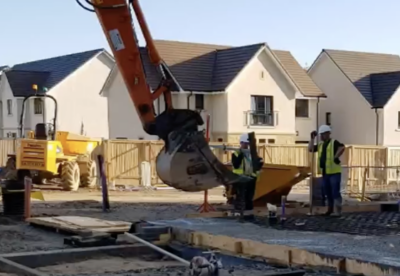








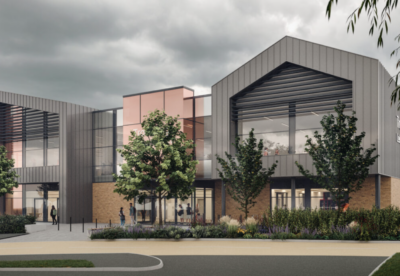

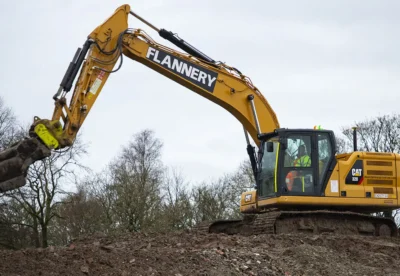

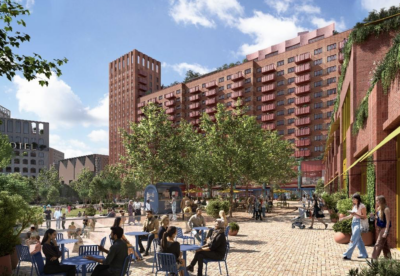
.png)
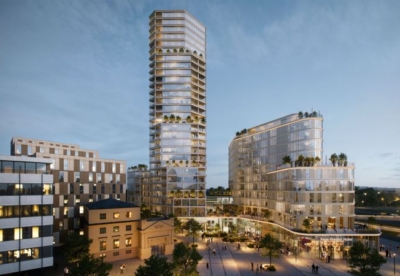

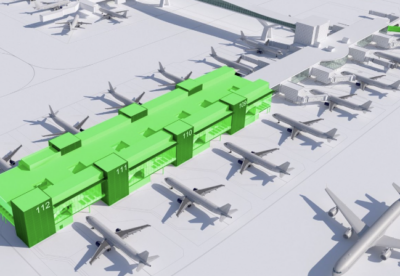








 MPU 300_250px.gif)

